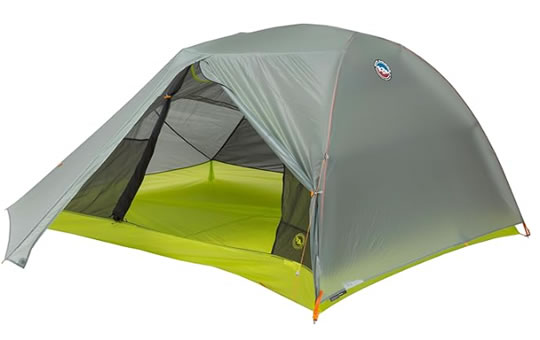Big Agnes, MSR, and NEMO represent different approaches to quality tent design, each with distinct priorities:
- Big Agnes Strengths: Interior space maximization, livability features, and excellent space-to-weight ratios. Big Agnes excels at creating comfortable living spaces while maintaining competitive weight.
- MSR Strengths: Technical performance, weather resistance, and engineering precision. MSR tents typically offer superior stability in challenging conditions with more robust materials.
- NEMO Strengths: Design innovation, unique features, and balanced performance. NEMO often introduces creative solutions like unique pole structures and ventilation systems.
While all three brands offer premium quality, their design philosophies create different advantages. Big Agnes prioritizes livable space and weight efficiency, MSR focuses on technical performance and weather resistance, and NEMO balances innovative features with all-around performance.
Your optimal choice depends on specific priorities: Big Agnes for maximizing comfort-to-weight ratio, MSR for technical performance in challenging conditions, and NEMO for innovative features and balanced design.
